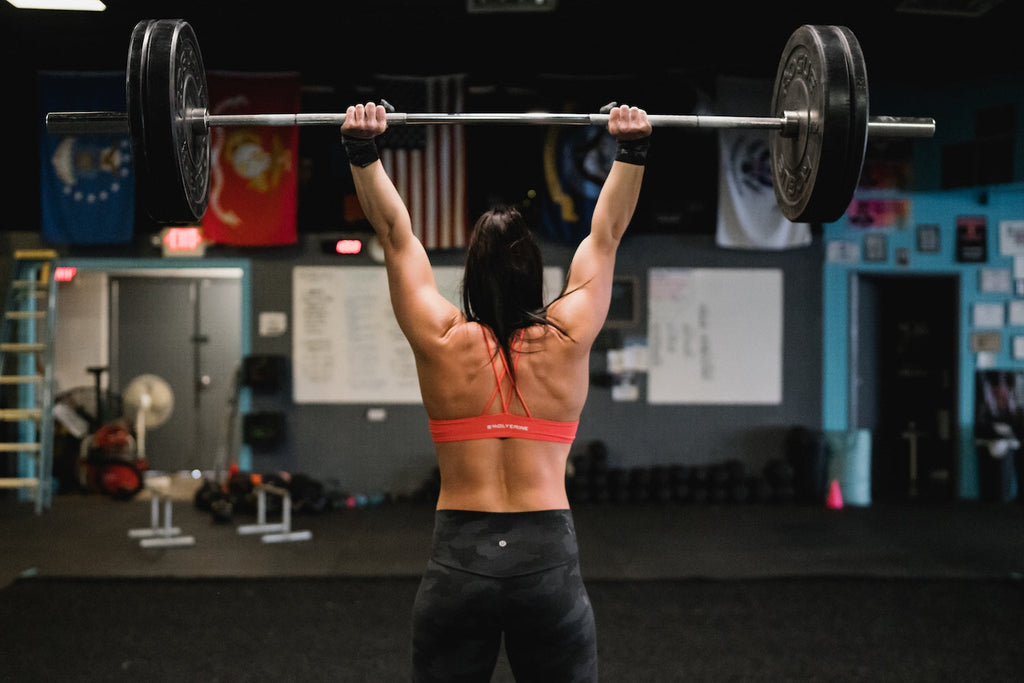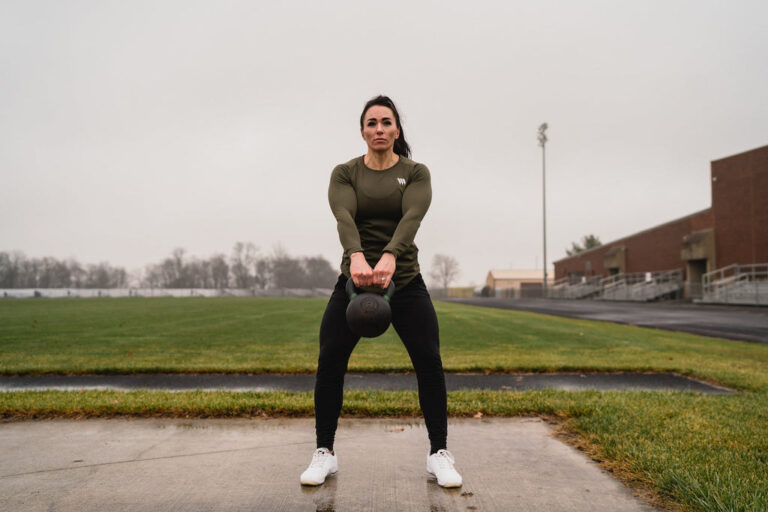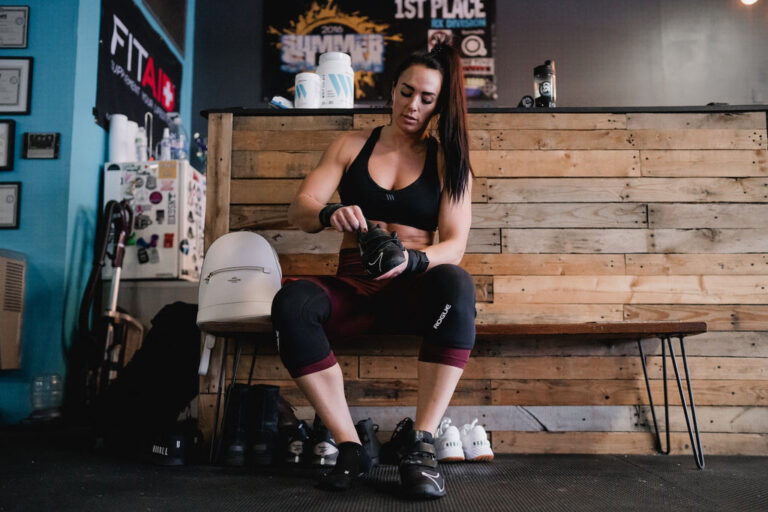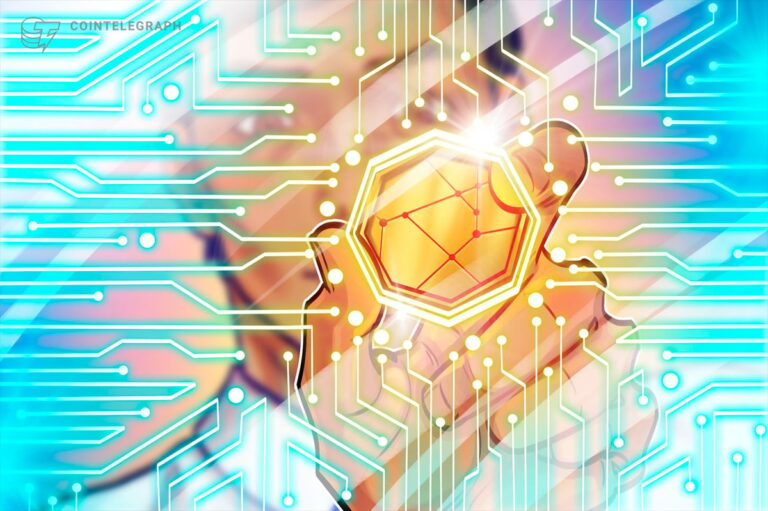
Turkesterone has exploded in popularity as a “natural anabolic,” praised for its ability to boost muscle mass, enhance recovery, and improve endurance — all without the side effects of traditional anabolic steroids or SARMs. But does the science back up those claims? And more importantly: is Turkesterone really as safe as it’s made out to be?
Whether you’re considering a Turkesterone cycle or just curious how it compares to harsher compounds like RAD-140, LGD-4033, or Anavar, this article breaks down the potential risks, reported side effects, and how Turkesterone stacks up in terms of safety, suppression, and real-world results.
Unlike steroids or SARMs, Turkesterone doesn’t bind to androgen receptors or shut down natural hormone production — but that doesn’t mean it’s 100% side-effect free. Understanding where it sits on the spectrum of performance enhancers is key to using it safely and effectively.
Let’s start with the basics: what exactly is Turkesterone, and how does it work?
What Is Turkesterone?
Turkesterone is a naturally occurring ecdysteroid, a class of steroid-like compounds found in plants and insects. It’s most famously derived from the Ajuga turkestanica plant, native to Central Asia, and has gained traction among bodybuilders and athletes for its potential muscle-building and recovery-enhancing properties — all without the hormonal risks associated with steroids or SARMs.
Unlike synthetic anabolics, Turkesterone is non-androgenic, meaning it doesn’t bind to the androgen receptor, suppress testosterone, or cause virilizing side effects. This unique profile is what gives it the reputation of being a “natural alternative” to anabolic compounds.
“Ecdysteroids such as Turkesterone exhibit anabolic activity in mammals without the androgenic or estrogenic side effects seen in synthetic steroids.”
— Gorelick-Feldman et al., Journal of Agricultural and Food Chemistry
For a deeper dive into its background, check out our guide:
→ What Is Turkesterone? Benefits, Dosage, and How It Works
How Turkesterone Works in the Body
Turkesterone exerts its effects through a non-hormonal, non-androgenic pathway, which makes it fundamentally different from steroids and SARMs. Rather than binding to androgen receptors, Turkesterone is believed to influence protein synthesis by interacting with estrogen receptor beta and possibly PI3K/Akt/mTOR signaling, a key anabolic pathway responsible for muscle growth and repair.
Here’s what sets it apart:
→ Does not bind to androgen receptors → no testosterone suppression
→ Stimulates protein synthesis via mTOR signaling
→ Supports muscle regeneration and recovery
→ Might enhance mitochondrial function and cellular resilience
“Ecdysteroids like Turkesterone increase muscle mass through a mechanism similar to IGF-1 activation, without the hormonal side effects of anabolic steroids.”
— Isenmann et al., Archives of Toxicology
Because it doesn’t influence the hypothalamic–pituitary–gonadal (HPG) axis, Turkesterone is considered one of the few performance-enhancing compounds that may offer anabolic effects without endocrine disruption — a major advantage over compounds like Testosterone or LGD-4033.
Commonly Reported Side Effects of Turkesterone
While Turkesterone is widely marketed as a “side-effect-free” natural anabolic, some users have reported mild and transient side effects, particularly when taking high doses or using low-quality products. It’s important to remember that even non-hormonal compounds can cause individual reactions — especially at supra-physiological dosages.
Gastrointestinal Discomfort
Some users report nausea, bloating, or cramping, particularly during the first week of use. This may be due to plant compounds in the raw Ajuga extract or poor capsule fillers, not the Turkesterone itself.
Headaches or Dizziness
Though uncommon, headaches have been reported anecdotally. These may be linked to changes in blood sugar, hydration status, or overstimulation from combining with other performance enhancers.
Lethargy or Fatigue
Rare cases of sluggishness or energy dips have been noted, potentially due to altered blood glucose metabolism — a known effect of ecdysteroids in some studies.
Appetite Changes
Some users experience reduced appetite. This could be beneficial during cutting phases, but problematic for bulking.
“Ecdysteroids like Turkesterone have low toxicity in mammals, but mild gastrointestinal and metabolic effects have been observed at high doses.”
— Syrov et al., Pharmaceutical Chemistry Journal
Importantly, Turkesterone is not hepatotoxic, doesn’t suppress testosterone, and doesn’t aromatize into estrogen — three of the most serious concerns with steroids or SARMs. Still, ensuring high-quality sourcing and clinical dosing is essential for minimizing unwanted effects.
Is Turkesterone Safer Than Anabolic Steroids?
Compared to traditional anabolic steroids, Turkesterone offers a much cleaner safety profile — especially when it comes to hormonal disruption, organ stress, and long-term side effects.
→ No Testosterone Suppression
Steroids like Anavar, Dianabol, or Trenbolone suppress your hypothalamic-pituitary-gonadal (HPG) axis, leading to testicular shrinkage, mood changes, and the need for aggressive PCT. Turkesterone does not suppress testosterone production or interfere with your body’s hormonal feedback loops.
→ No Liver Toxicity
Oral steroids like Dianabol and Superdrol are hepatotoxic and can raise liver enzymes, potentially leading to damage if misused. Turkesterone, on the other hand, has shown no hepatotoxicity in mammalian models, even at high doses.
“Ecdysteroids demonstrated no significant changes in liver enzymes or histopathological damage after chronic administration in rats.”
— Gorelick-Feldman et al., Journal of Agricultural and Food Chemistry
→ No Estrogenic or Androgenic Side Effects
Anabolic steroids are infamous for causing gynecomastia, acne, hair loss, and voice deepening due to aromatization or androgenic activity. Turkesterone lacks androgenic or estrogenic activity, making it safer for both men and women.
In short, while Turkesterone might not match steroids for raw mass-building potential, its risk-reward ratio is significantly more favorable — especially for users who want gains without long-term hormonal consequences.
Turkesterone vs SARMs: Safety and Suppression
SARMs (Selective Androgen Receptor Modulators) like RAD-140, LGD-4033, and YK-11 are widely used for muscle growth, but come with significant drawbacks that Turkesterone largely avoids.
→ Hormonal Suppression
Most SARMs suppress natural testosterone production, even at moderate doses. Bloodwork from users frequently shows reduced LH, FSH, and total T levels. Turkesterone does not suppress the HPG axis, making it safer for long-term use without requiring post-cycle therapy (PCT).
→ Liver Enzyme Elevation
Though SARMs are not technically classified as hepatotoxic, they’ve been shown to elevate ALT and AST liver enzymes, especially when taken orally. Turkesterone, by contrast, has not been associated with any liver stress in existing literature.
→ Lipid Imbalance
SARMs often lower HDL (good cholesterol) and raise LDL, increasing cardiovascular risk. Turkesterone does not appear to negatively impact lipid profiles.
“SARMs impair endocrine and lipid markers even after short-term use, while Turkesterone demonstrates no androgenic, estrogenic, or lipid-altering effects.”
— Basaria, The Journal of Clinical Endocrinology & Metabolism
→ Legal and Safety Standing
SARMs are banned by WADA and often sold in gray-market conditions. Turkesterone, on the other hand, is legal for over-the-counter use and remains unlisted on most major athletic testing rosters.
In summary, Turkesterone is far less likely to disrupt endocrine function or trigger organ toxicity, making it a safer choice for athletes, recreational lifters, and first-time users looking for performance enhancement without risk.
Does Turkesterone Require Post Cycle Therapy (PCT)?
Unlike steroids and SARMs, Turkesterone does not require post cycle therapy (PCT). This is one of its most attractive features for users seeking performance enhancement without endocrine disruption.
→ Why No PCT Is Needed
Steroids and SARMs work by binding to androgen receptors, which signals the body to reduce its own testosterone production. This suppression requires PCT — often involving SERMs like Tamoxifen or Clomid — to help restore hormonal balance.
Turkesterone, however, operates via a non-androgenic pathway, stimulating protein synthesis through ecdysteroid-mediated cellular mechanisms. It doesn’t alter the hypothalamic-pituitary-gonadal (HPG) axis, so there’s no shutdown to recover from.
“Ecdysteroids do not act on the androgen receptor and show no signs of hormonal suppression, eliminating the need for hormonal recovery post-use.”
— Isenmann et al., Archives of Toxicology
→ Still Consider Supplement Support
While PCT isn’t necessary, some users may benefit from general recovery support — including adaptogens like Ashwagandha, nutrient optimization (zinc, magnesium), and supplements like ZMT to promote sleep and hormonal health.
You can also refer to our full breakdown on strategies here:
→ PCT Stacks: What You Need After a Cycle
Conclusion: Is Turkesterone Really That Safe?
Based on current research and user feedback, Turkesterone stands out as a safe, non-hormonal alternative to anabolic steroids and SARMs. It offers the potential for:
→ Increased muscle protein synthesis
→ Improved endurance and recovery
→ Minimal side effects
→ No testosterone suppression
→ No liver or organ toxicity
→ No need for PCT
Compared to harsh anabolics or selective androgen receptor modulators, Turkesterone’s risk-to-reward ratio is significantly more favorable, especially for beginners, natural athletes, or anyone looking to avoid long-term health consequences.
That said, sourcing matters. Many of the side effects users report — like nausea or headaches — often stem from impure formulas or underdosed products. Stick with brands that use Ajuga turkestanica standardized to 10% Turkesterone, with third-party testing for purity and potency.
If you’re curious how it stacks up next to DHEA, SARMs, or anabolic steroids like Anavar, Turkesterone may not match the same brute-force mass gain — but for many, the safety profile is well worth the tradeoff.
Conclusion: Should You Use Turkesterone for Gains Without Suppression?
Turkesterone has become one of the most compelling options in the world of natural performance enhancers — offering impressive muscle-building potential without the suppression, toxicity, or risk profile associated with anabolic steroids, SARMs, or even DHEA when taken at supraphysiological doses.
If you want:
→ Lean muscle gains without hormonal shutdown
→ Improved strength and endurance
→ No liver toxicity or estrogenic side effects
→ A safe anabolic alternative that doesn’t require PCT
Then Turkesterone is worth considering — especially for natural athletes, women, first-time users, or anyone focused on sustainable long-term performance.
For best results, stack Turkesterone with other science-backed products like:
→ Kre-Alkalyn® Creatine for strength and ATP regeneration
→ L-Glutamine to support recovery, gut health, and soreness reduction
→ ZMT® for deep sleep, natural testosterone support, and cortisol balance
→ DHEA to optimize androgen levels and promote hormonal equilibrium
If you’re ready to enhance muscle growth naturally — with zero suppression and no crash — Turkesterone may be one of the smartest additions to your performance stack. Just be sure to choose a clinically dosed, third-party tested product to ensure purity and potency.
Frequently Asked Questions (FAQ)
→ Can Turkesterone cause hair loss or acne?
No. Turkesterone is non-androgenic, meaning it does not bind to androgen receptors or increase DHT levels — the primary culprit behind hair loss and acne with steroids or SARMs.
→ Is Turkesterone safe for women?
Yes. Since Turkesterone does not influence testosterone or estrogen pathways, it is considered safe for women, with no risk of virilization, deepening voice, or unwanted hair growth.
→ Do you need to cycle Turkesterone?
While cycling isn’t strictly necessary, many users follow an 8–12 week protocol with a 4-week break to maximize results and avoid receptor desensitization. See our full Turkesterone Cycle Guide for more details.
→ Does Turkesterone raise testosterone?
No. Turkesterone does not increase testosterone levels. Its muscle-building effects occur independently of the endocrine system, through cellular signaling and protein synthesis pathways.
→ What is the best Turkesterone dosage?
Typical effective doses range from 250 mg to 500 mg per day, ideally standardized to 10% pure Turkesterone. Always verify third-party testing and clinical-grade sourcing.
→ How does Turkesterone compare to other natural anabolics?
Compared to Ecdysterone, Turkesterone may have a slightly higher anabolic potential and improved absorption. However, both are safer than synthetic alternatives and do not cause suppression.






